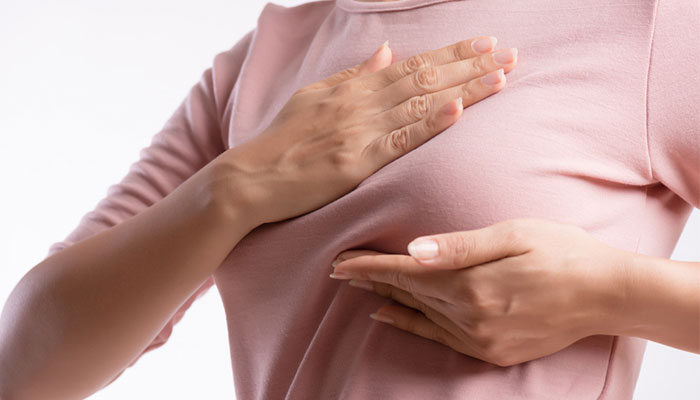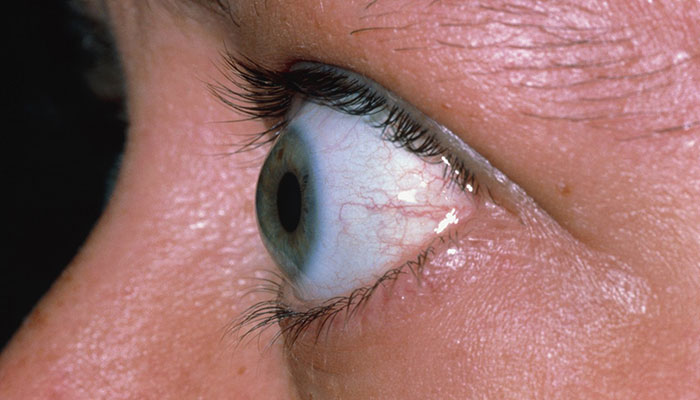Fibroadenomas are benign, solid, non- fluid breast tumours that do not cause any pain.
Signs and Symptoms of Fibroadenoma
- Usually painless
- Appears as solid, mobile bumps
- May change shape over time
- Easily identifiable with well-defined boundaries, less than 3 cm
- Most common on the upper quadrant of the breast
- Grows slowly and diminishes after menopause
Causes of Fibroadenoma
The exact cause of fibroadenoma is unknown. These benign tumours are most likely to be hormonal in origin caused due to the increased sensitivity of breast tissue to estrogen, certain genetic and lifestyle factors.
Understanding Fibroadenoma in Ayurveda
In Ayurveda, fibroadenoma of the breast is believed to be primarily caused by an imbalance in the body’s doshas, particularly an excess of the Kapha dosha. This imbalance can lead to the accumulation of toxins and disrupt energy flow in the breast tissue, resulting in the formation of fibroadenomas.
Treatment and Management
Fibroadenoma typically does not require treatment. However, if a biopsy reveals cancerous changes, you may need to have surgery to remove the tumour.
Palliative care by SGP’s PSA for fibroadenoma aims to provide symptomatic relief through a combination of hormonal therapies. It also focuses on emotional support, counselling, and education to help individuals manage the emotional and psychological impact of the disease.
FAQs about Fibroadenoma
-
Fibroadenomas are most commonly found in women in their late teens to early thirties, although they can occur at any age.
-
Fibroadenomas can occur in one or both breasts, but they are often found in only one breast. It’s not unusual to have multiple fibroadenomas in a single breast.
-
Fibroadenoma does not have a direct relationship with breast cancer. However, it can be a risk factor for the development of breast cancer. Most of the time, fibroadenomas remain benign. Family history plays a significant role in the progression of fibroadenomas into breast cancer. With proper monitoring, you can prevent the risk of your fibroadenoma developing into breast cancer.
-
Fibroadenomas respond to hormonal changes. They tend to change with the menstrual cycle and become more prominent and tender before the onset of a period. They can increase in size rapidly during pregnancy and breastfeeding
-
If you are diagnosed with fibroadenoma of the breast, it is important to be aware of the potential risks associated with the condition. Additionally, the condition can resolve on its own. In some cases, abstaining from stimulant foods and beverages, such as tea, chocolates, soft drinks and coffee, can be beneficial in alleviating symptoms.






